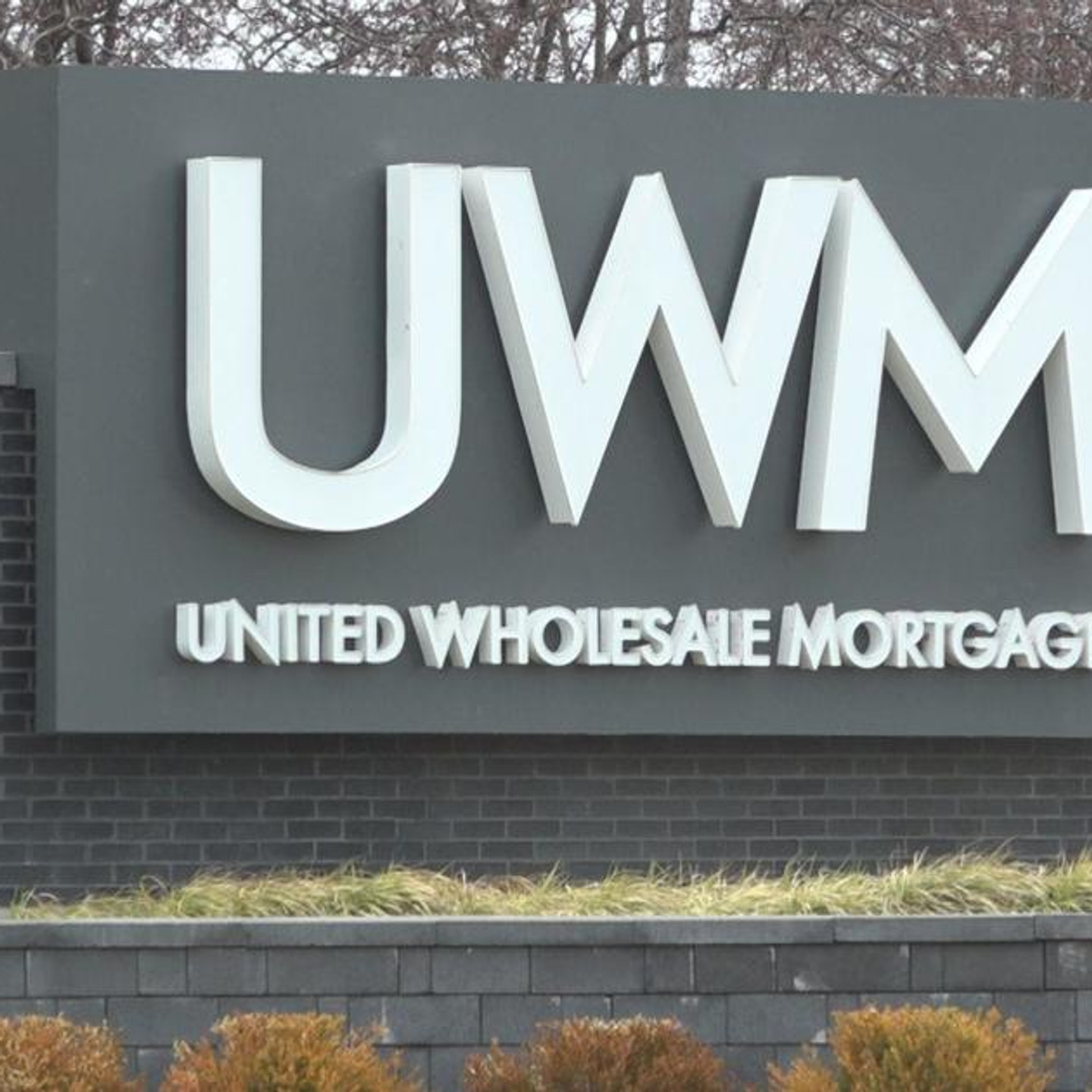Many Americans want to buy a home but can’t afford the down payment.
A new zero-percent down mortgage program by United Wholesale Mortgage
Mat Ishbia, owner of the Phoenix Suns launched a program allowing buyers to finance 97% of their home’s value with a first mortgage and the remaining 3% with a second mortgage which needs to be repaid later, according to the report of CNN.
Despite the program’s popularity, with thousands of applications submitted, experts worry it might lead to financial trouble for homeowners if home prices drop.
Without a down payment homeowners start with no equity, which could leave them underwater owing more than their home is worth if the market cools. This can cause issues if they need to sell quickly.
Patricia McCoy from Boston College warns that this situation is similar to the subprime mortgage crisis of 2008 where many homeowners defaulted because they owed more than their homes were worth.
The subprime crisis was fueled by risky lending practices, including no down-payment loans. A drop in home prices could create financial problems for homeowners under the new program.
Currently, home prices are high and demand is strong, but if the Federal Reserve cuts interest rates, homeowners might struggle to refinance due to the need to repay the second mortgage.
Alternative zero-down mortgage options exist, like those from Bank of America for specific communities and government-backed loans for rural areas and veterans but understanding the terms of UWM’s program is crucial.
Anneliese Lederer from the Center for Responsible Lending advises potential borrowers to understand the terms fully. No-down-payment offers sound great but require a clear repayment plan.
Dennis Kelleher from Better Markets warns these mortgages could become a problem if home prices don’t continue to rise turning homeownership into a financial burden.

Photo from google
Debate Over UWM’s New Mortgage Program: Are We Repeating Subprime Mortgage Mistakes?
Real estate finance professor Jonathan Adams notes that UWM’s program has similarities to risky subprime mortgages, which caused issues in the past.
UWM argues that today’s stricter lending standards make these loans safe. Alex Elezaj of UWM says this program helps those who can afford mortgage payments but lack down payment funds.
Greg McBride from Bankrate agrees that lending standards have improved since the 2008 crisis. However, Adams warns that making borrowing too easy can still harm borrowers if the housing market changes.
The debate continues as experts consider the risks and benefits of the new mortgage program, hoping to avoid repeating the mistakes of the subprime mortgage crisis.
READ ALSO: Economic Upswing: Oregon’s Economy Brings Relief And Opportunity




![Tyson Foods Plant [Photo: Food Manufacturing]](https://southarkansassun.com/wp-content/uploads/2023/08/iStock_1185520857__1_.5e441daa51cca-600x337.jpg)








![Silverado Senior Living Management Inc. [Photo: Los Angeles Times]](https://southarkansassun.com/wp-content/uploads/2023/10/download-6-4-600x337.jpg)

![China's Wuhan Institute of Virology [Photo: Nature]](https://southarkansassun.com/wp-content/uploads/2023/09/d41586-021-01529-3_19239608-600x337.jpg)















